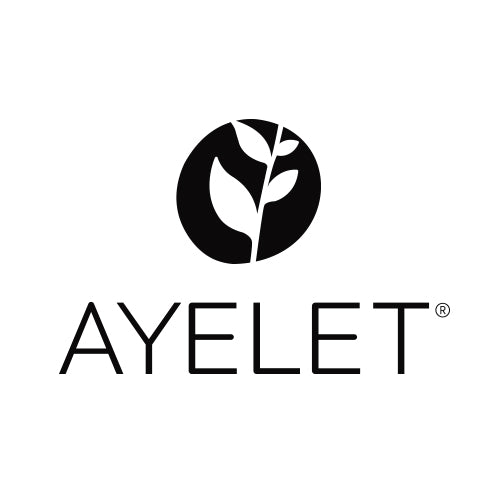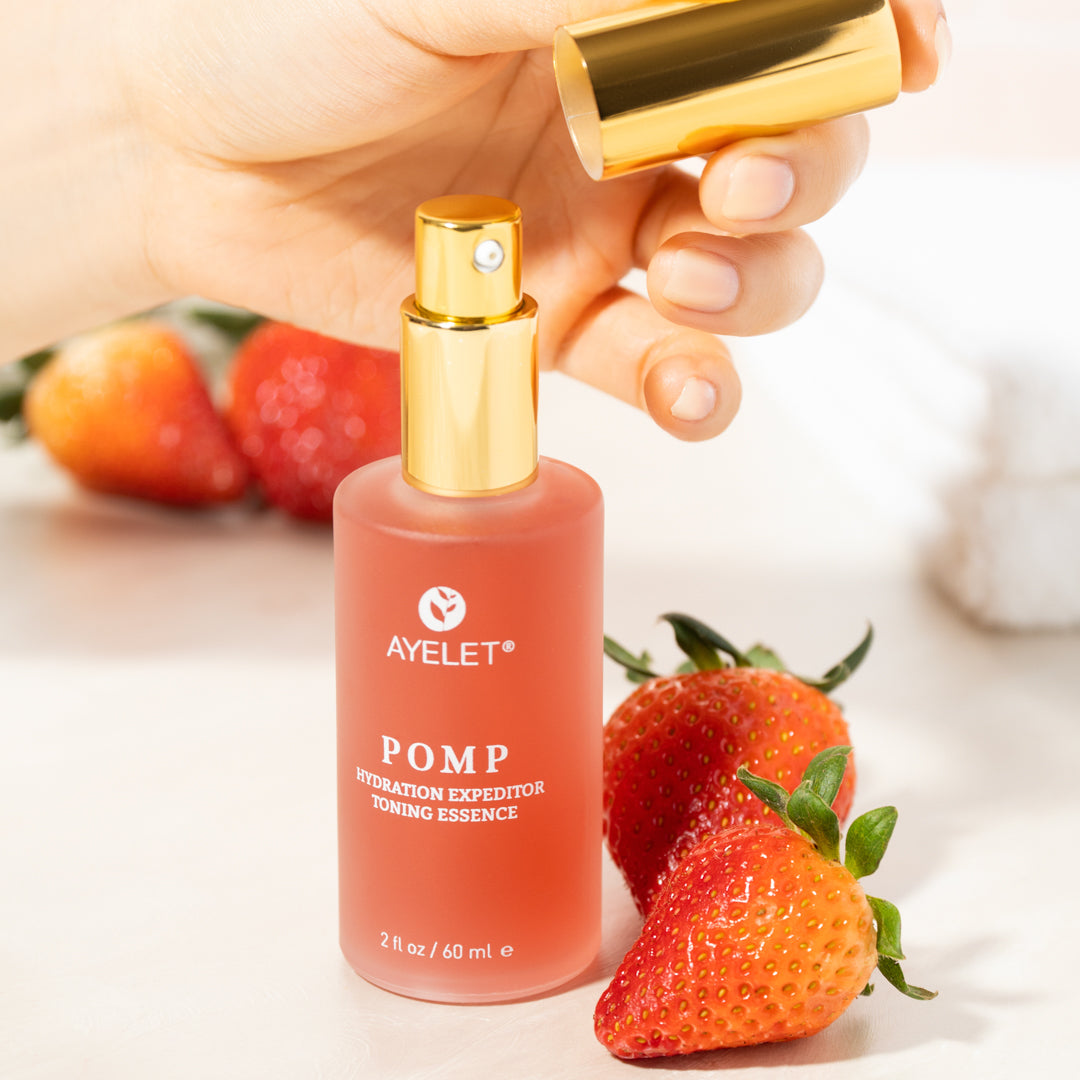Clear healthy skin starts with clear healthy pores. Find out how to keep your pores clear and what to do when they get clogged.
What pores are?
Pores are so small that as many as 65 can be found in one square inch of skin. In healthy, normal skin, pores are generally invisible, neither clogged with dead skin cells nor plugged with sebum. Pores are like miniature gateways, letting materials in and out of our skin.
Allow sweat and oil out. Technically, pores are the openings to hair follicles and sweat glands, through which sebum and sweat are expelled.
Allow other substances in. Although skin prevents many harmful substances from penetrating the body, scientists are discovering that some substances, in particular, retinoids, fat-soluble vitamins, nanoparticles, and certain hydrating agents can penetrate the skin via pores to a certain degree.
How pores become enlarged
Pores fill with oil, dirt, and dead skin. If a pore’s contents become greater than the size of the pore, it will stretch. An enlarged pore may become a whitehead (closed comedones) or blackhead (open comedones). Most often seen in very oily or acneic skin, these pores are typically found around the nose, chin, forehead, or back.
Unfortunately, once a pore is stretched, it won’t shrink or disappear even with rigorous cleansing. Instead, with proper skin care, you can maintain pore clarity, causing pores to appear smaller.
A quick way to minimize the look of pores? Splash your face with cool or cold water in final face rinse which will cause the small surrounding muscles to tighten, making pores seem less visible.
Care for clear pores
Wash. Keeping skin clear of excess oil minimizes the risk of pores becoming clogged with sebum, dead skin, and dirt. Look for cleansers containing natural exfoliants.
Extract. Another method to keep pores clear is by manually extracting blackheads and comedones from the skin. However, proceed with caution — improper removal “can spread bacteria to other pores, leading to new breakouts
Instead of expelling the blackheads yourself, schedule an appointment for a facial with a dermatologist or licensed esthetician, who can safely and effectively perform the extractions.
Scrub. Consider using a scrub to exfoliate the dead skin that clogs pores. Scrubs often have ingredients like fruit peel extracts or ground nut shells for this purpose. But if you use scrubs too frequently, they can be drying and irritating. As a result, your skin produces more oil in an attempt to replace it.
And that’s exactly what you don’t want because too much oil can clog pores. Twice a week apply scrub to slough off rough, dead skin.
Deep-cleanse. Deep-cleansing masks are another option to keep pores clear. Loaded with purifying clay, herbs, and mud, they draw out impurities and lightly exfoliate, leaving skin smooth and clear.
Although they won’t technically remove blackheads, clarifying masks will keep them from becoming larger or more noticeable, especially if used weekly.
Hydrate. Hydrate and nourish with clarifying serum or a light moisturizer.
Makeup to minimize pores
Sure, your instinct might be to slather on thick makeup to camouflage enlarged pores, but doing so can actually add to the problem! Here are some better makeup options.
Pass on the foundation. Even mattifying foundations seem to call more attention to pores
Use pore-minimizing treatments or primers. They’re lightweight and create the look of smooth skin.
Apply oil-absorbing powder. This provides a soft, smooth finish to the skin and banishes any oily shine.


